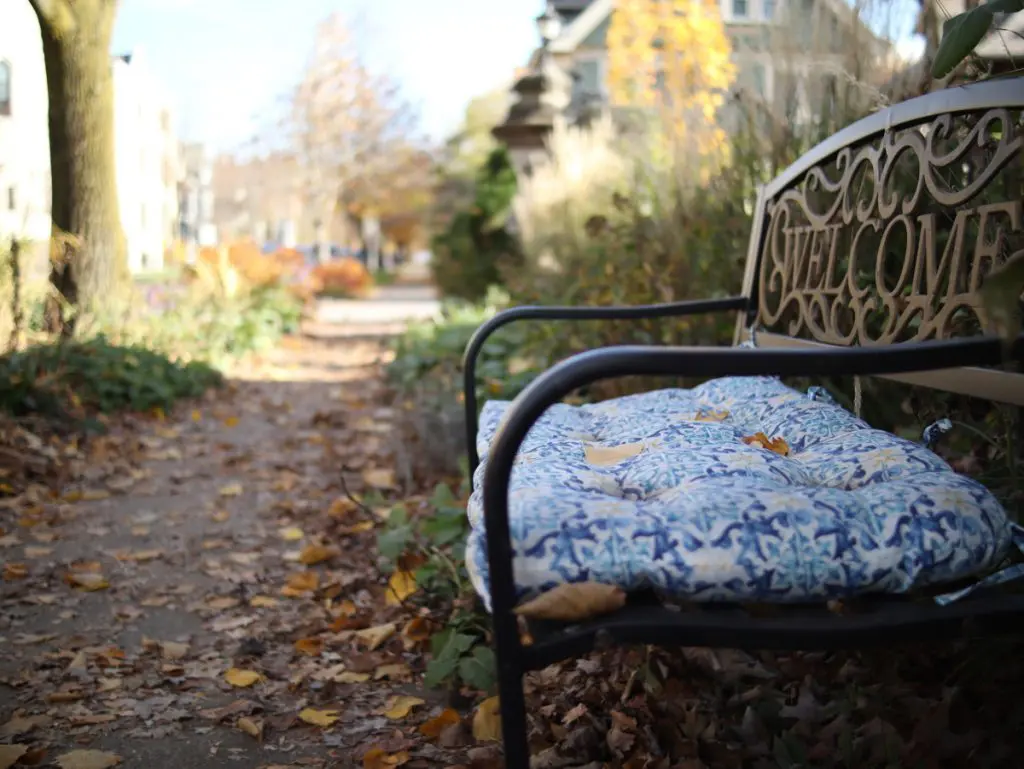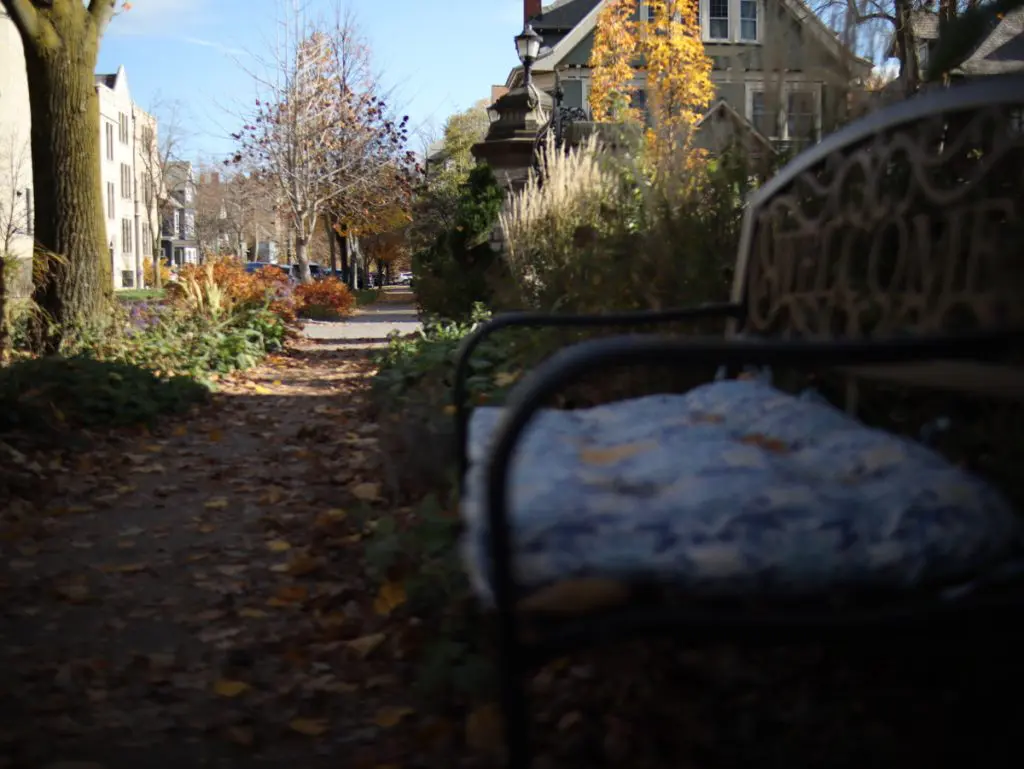
ELGAR Introduction and Allegro for String Quartet and String Orchestra, Op. 47
performed by the United States Marine Band
HANDEL Concerto in B-flat major for Harp and Orchestra, Op. 4, No. 6
courtesy of the Classical & Baroque Music Library
WALKER Lyric for Strings
performed by the Los Angeles Philharmonic
BACH Suite No. 3 in D major for Orchestra, BWV 1068
performed by the Netherlands Bach Society
I’m sure I’m not alone in feeling exasperated by how long COVID has been around. I rarely get to play with my colleagues, my recreational activities are all cancelled, and worst of all, I picked up a new hobby. Yes, because of COVID, I had no choice but to splurge on a (relatively) fancy camera and learn how to use it. My days have been spent trying to understand dreary concepts like focal length and aperture — again, all of this because of COVID. Times are tough.
Jokes aside, I’ve been fortunate to stay in good health and have time to pursue new interests like photography. It’s no surprise, then, that when I reviewed the program for this week’s concert and brainstormed ideas to share with you, photography was on my mind. I have a unique challenge when creating these listening guides: take a program not of my own making and come up with an idea to share with you that resonates with every piece. So, indulge me while I connect my inner amateur photographer with the professional musician that I am.
It would make a lot more sense to connect music with videography instead of still photography – music and video happen over time, unlike still photographs. But I’m going to conveniently ignore that for now and use still photographs to highlight a critically important tool to photographers: focus. I now present to you and to the world, for the first time ever, my magnum opus of photography (conveniently on sale for the reasonable price of $35,000, direct all inquiries to my agent):
Stunning, groundbreaking, and eye-opening, I know. This is an obvious example of how focus works in photography: I chose what part of the image that would be in focus as a way to direct the viewer’s attention towards a certain detail, in this case the “Welcome” lettering on the bench. I’m aware that this isn’t exactly mindblowing, but I want you to think about how my decision to focus on the lettering affects your impression of the photograph. Why the lettering, and what does it say about the spirit of the photograph? To further this line of thinking, here’s another photograph of the same scene, but with different focus (and way different shutter speed, sorry):
Now the focus is beyond the lettering on the bench, with the goal here being to draw your attention to the length of the sidewalk (whether or not that was achieved is likely a different story…). These are the same scenes, but with two different focal areas. Notice how that difference affects the way you see the scene. From my perspective as the photographer, they capture two different ideas. With focus on the lettering in the first photo, the word “welcome” conjures certain feelings about the neighborhood that the bench is a part of – it’s cozier, more comfortable. The bench is completely different in the second photo – it’s more like a lone waystation along a long sidewalk, capturing that feeling of wandering through a neighborhood with no particular aim but to observe your surroundings. Of course, in order to experience any of these ideas through the photography, you’d have to excuse the poor skills of the photographer first.
OK, here comes the musical connection you’ve all been waiting for. A few weeks ago I wrote about counterpoint, and how music is unique in that multiple ideas can happen concurrently. What I didn’t write about, however, was how composers can focus (aha!) your attention to any one idea at a given time. Think about it: in any given symphony, there are likely many different musical parts happening at any given time – maybe the cello section is playing something different than what the winds or brass are playing, and the violins something entirely different from either of those aforementioned groups. How is it that a listener can come away whistling a melody from that symphony when that melody could be just one musical idea out of many? Composers know how to focus certain ideas in their music and decide which are worth focusing on, just like how photographers choose what subject to focus on in their photographs.
The simplest way to focus on a musical idea is to put it center stage! Don’t discount the visual aspect to musical performance – it matters, a lot. Imagine if the solo violin of a violin concerto were off in the back of the stage somewhere. Yes, it would be lame, I agree. Separating a musical voice from an ensemble, either through a concerto or solo parts of something like a symphony, forces the listener to hear it separately from the rest of the music.
Speaking of violins, there’s a good reason why there are more violin concerti than bass concerti, and no, it’s not because it’s a better instrument, that would be ridiculous. One big reason is because of the pitch range that a violin plays at: higher frequencies, in general, are easier to hear more clearly and from a greater distance than lower frequencies.
One more method of focusing music: context. If you want one musical idea to be more focused to the listener than others, then the other musical ideas should probably not be a battery of cowbells playing at fortissimo. Just a suggestion.
You’ll see and hear over the course of this program all of these ideas playing out in the music. I chose this focal point (sorry) because each piece on this program features solo instruments playing within a broader ensemble. But, more broadly than that, a listening habit that I’ve developed and that I want you to have is to listen for the musical ideas that aren’t immediately in focus. It’s very easy to default to the standard listening mode of listening to whatever grabs your attention; try instead to search for other ideas within the music. In other words, notice what isn’t in focus. I promise that what you’ll find is rewarding.
Discussion Questions:
- Was there a piece on the program that you felt had musical ideas that were more challenging to focus on? Conversely, which piece sounded simplest, and which did you prefer? Simplicity isn’t a sin!
- Walker’s Lyric for Strings is perhaps the piece that exhibits the least clear connections to this concept of focus in music, but that doesn’t make it any less worthwhile. In fact, it does the opposite: without solo parts within the larger string context, it’s a great example of how beautiful a blended string sound can be. What do you think the photographical equivalent of this would be? Would it be an out of focus image, or an image with everything in focus?

